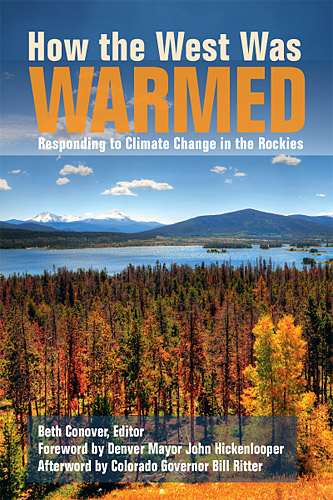Last week I noted that the weak El Niño appears to be strengthening, as expected, so record temperatures will continue.
 The warming in the Nino 3.4 region of the Pacific is typically used to define an El Niño — sustained postive sea surface temperature (SST) anomalies of greater than 0.5°C across the central tropical Pacific Ocean.
The warming in the Nino 3.4 region of the Pacific is typically used to define an El Niño — sustained postive sea surface temperature (SST) anomalies of greater than 0.5°C across the central tropical Pacific Ocean.
After languishing for months, Nino 3.4 SSTs finally took off, as many models had been predicting. Last week, the anomaly was 1.1°C. This week it was 1.5°C. This SST data is from the NOAA’s October 26 weekly update on the El Niño/Southern oscillation, “ENSO Cycle: Recent Evolution, Current Status and Predictions“:
If these values are maintained for any length of time, this would be a moderate to strong El Niño, as this historical graph of the 3-month running mean SST departures in Nino 3.4 region show:
NOAA’s National Weather Service Climate Prediction Center will be issuing its monthly ENSO analysis in a few days based on this surge in SSTs. Last month it concluded, “El Niño is expected to strengthen and last through the Northern Hemisphere winter 2009-2010.”
For now, we have NOAA’s own CFS (Climate Forecast System) issued on Sunday:
NOAA is extending its prediction through the spring. So this is increasingly looking like a pretty significant El Niño.
While some here (and elsewhere) have been dissing NOAA’s ENSO forecast models and even suggesting they call into question the climate models, which are in any case utterly different, it now looks like the ENSO models got it mostly right.
And it bears repeating that back in January, NASA had predicted: “Given our expectation of the next El Niño beginning in 2009 or 2010, it still seems likely that a new global temperature record will be set within the next 1-2 years, despite the moderate negative effect of the reduced solar irradiance.”
It still seems likely. And that will be on top of the hottest decade in recorded history by far.
Related Post:
- Skeptical Science explains how we know global warming is happening: It’s the oceans, stupid!
- Another major study predicts rapid warming over next few years — nearly 0.3°F by 2014
- Must-read AP story: Statisticians reject global cooling; Caldeira — “To talk about global cooling at the end of the hottest decade the planet has experienced in many thousands of years is ridiculous.” Levitt “said he does not believe there is a cooling trend”!!





